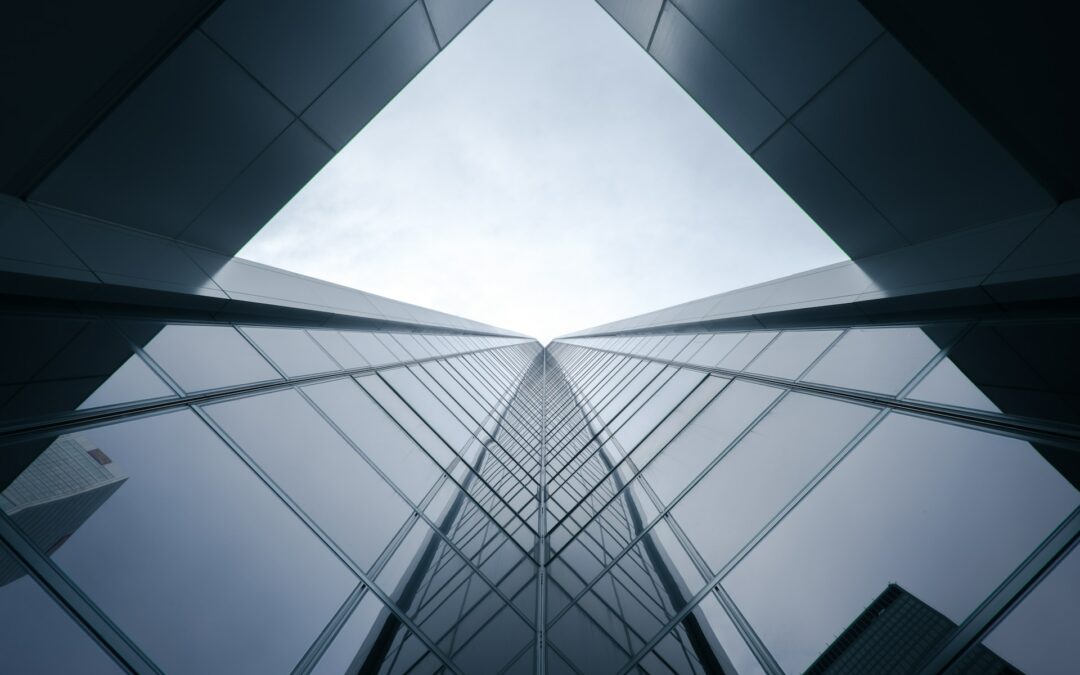As concerns over climate change and rising energy consumption intensify, the demand for sustainable, energy-efficient architecture has become more crucial than ever. Zero energy buildings – also known as net-zero energy or zero emission buildings – present a unique solution to these challenges. These structures not only generate as much energy from renewable sources as they consume, but they also minimize their environmental impact through considered design choices, innovative technology, and efficient resource management.
Zero energy buildings represent the cutting edge of sustainable architecture, driving the industry towards a more responsible, eco-friendly future. In this blog article, we will delve into the world of zero energy buildings and explore how Archiplex Group has embraced the principles inherent in this design philosophy. We will discuss the key elements of zero energy building design, ranging from passive architectural techniques to cutting-edge renewable technology integration and the benefits of incorporating these features into your next project.
Through detailed case studies of Archiplex Group’s work, you’ll gain a deeper understanding of their unwavering commitment to sustainable, future-proof architecture. Join us on this journey through the fascinating realm of zero energy buildings and uncover the boundless potential of this innovative approach to architectural design.
Principles of Zero Energy Building Design
At the core of zero energy buildings is the idea of minimizing energy demand and generating renewable energy to offset consumption. There are several critical principles that architects must adhere to when designing a zero energy building:
1. Passive Design Principles: Passive design principles minimize energy consumption by optimizing factors such as solar orientation, building envelope insulation, thermal mass, and shading devices. These techniques maximize natural heating and cooling, reduce energy use, and maintain a comfortable indoor environment.
2. Energy-Efficient Systems: Incorporating energy-efficient systems, such as high-performance heating, ventilation, and air conditioning (HVAC), lighting, and appliances, can significantly reduce energy consumption in a building while ensuring comfort and functionality for occupants.
3. Renewable Energy Technologies: Renewable energy sources, such as solar photovoltaic panels, wind turbines, or geothermal heat pumps, are essential in achieving net-zero energy status. By producing clean energy on-site, these technologies help offset the building’s energy consumption and reduce reliance on fossil fuels.
4. Smart Building Controls: Advanced building control systems and home automation play a significant role in optimizing energy usage by automating processes and enabling occupants to have better control over their energy consumption.
Archiplex Group’s Approach to Zero Energy Buildings
Archiplex Group is dedicated to creating sustainable and efficient zero energy buildings by incorporating the following design strategies and methodologies:
1. Site Analysis and Building Orientation: Archiplex Group thoroughly analyzes each site to determine the optimal building orientation, maximizing passive solar design opportunities and ensuring efficient use of natural light and ventilation within the structure.
2. High-Performance Building Envelope: Ensuring a well-insulated, air-tight building envelope is a priority for Archiplex Group. They carefully select materials and construction techniques that minimize thermal bridging and air infiltration, resulting in exceptional thermal performance and indoor comfort.
3. Energy-Efficient Systems Integration: Archiplex Group carefully evaluates each building’s unique needs and incorporates appropriate energy-efficient systems and technologies to optimize performance, reduce energy consumption, and maintain a comfortable indoor environment for occupants.
4. Renewable Energy Solutions: To achieve net-zero energy status, Archiplex Group evaluates the most effective renewable energy options for each project, assessing factors such as solar potential, wind resources, and geothermal compatibility. They then design and integrate these solutions seamlessly into their projects.
Benefits of Zero Energy Buildings
The benefits of incorporating zero energy building principles into architectural design extend beyond environmental stewardship and energy savings. Key advantages of zero energy buildings include:
1. Reduced Energy Costs: By minimizing energy consumption and generating renewable energy on-site, zero energy buildings can significantly reduce or even eliminate energy bills for building owners and occupants.
2. Improved Indoor Air Quality: Enhanced building ventilation and the use of low- or no-VOC materials contribute to improved indoor air quality, promoting a healthier living environment for occupants.
3. Enhanced Building Resilience: The incorporation of renewable energy technologies, high-performance building systems, and durable materials makes zero energy buildings more resilient to fluctuations in energy prices and potential shortages, as well as climate change-related impacts.
4. Market Differentiation: Zero energy buildings stand out in the real estate market, offering increased appeal to prospective buyers or tenants who value sustainability, energy independence, and a reduced environmental footprint.
Zero Energy Building Case Studies by Archiplex Group
Archiplex Group’s dedication to sustainable, zero energy building design is evident in numerous projects they have undertaken:
1. Net-Zero Energy Office Building: A commercial building that integrates solar panels, a high-performance envelope, daylighting strategies, and energy-efficient HVAC systems, resulting in a comfortable, productive workspace with reduced energy consumption and operational costs.
2. Sustainable Residential Development: An eco-friendly residential project featuring passive design principles, energy-efficient systems, and on-site renewable energy production to optimize energy usage and reduce the environmental impact of the development.
3. Green Educational Facility: A school building designed with high-performance insulation, energy-efficient lighting, efficient water management, and solar power generation to create a comfortable, healthy learning environment while conserving resources and minimizing operational costs.
Realize Your Zero Energy Building Goals with Archiplex Group
Archiplex Group is the partner you need to successfully realize your zero energy building aspirations. With their vast experience, sustainable design philosophy, and commitment to environmentally responsible architecture, the firm can help you create high-performance, energy-efficient spaces that stand the test of time and contribute meaningfully to both the community and environment.
Salt Lake City-based Archiplex Group is at the forefront of this rapidly evolving architectural landscape, committed to realizing the potential of zero energy building design. Our full-service architectural firm delivers first-rate, sustainable design solutions by focusing on energy-efficient strategies, integration of renewable technologies, resilient materials, and smart building systems. To embark on your zero energy building journey and create a sustainable architectural legacy, contact us today. Together, let’s shape a brighter, greener future built on the foundation of zero energy building design!

